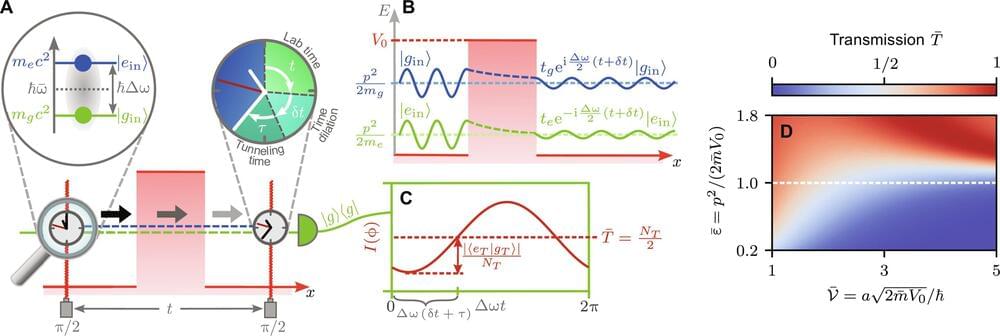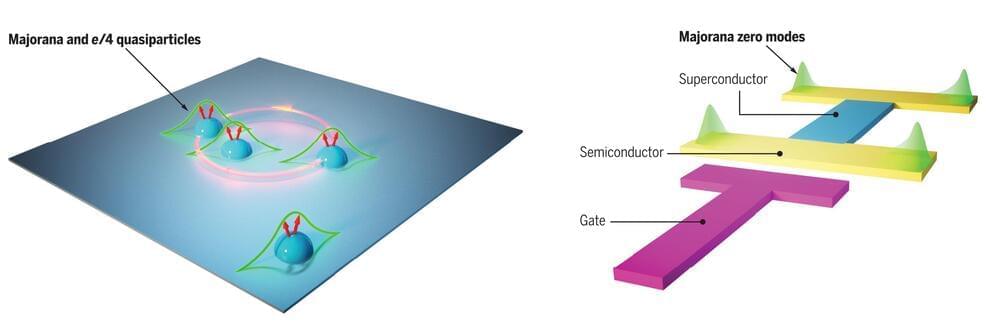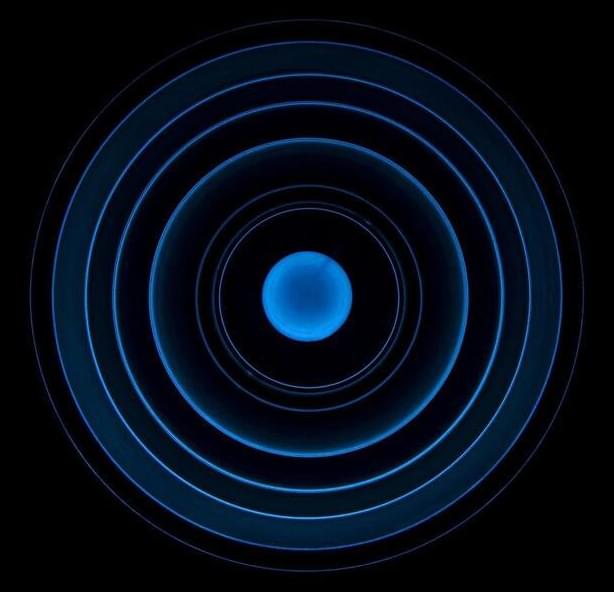May 17, 2024
UK completes world’s first flights for quantum navigation that could replace GPS
Posted by Genevieve Klien in categories: government, military, quantum physics
A British consortium with funding from the UK government has successfully tested what it calls “un-jammable” quantum navigation tech in flight.
Geopolitical tensions and warfare have introduced GPS jamming as a means of messing with enemy communication and navigation. This can cause disturbances for both military and civilian transportation and location services.
The quantum-based navigation system is called Positioning, Navigation, and Timing (PNT). Its developers are quantum technology firm Infleqtion’s UK subsidiary in collaboration with aerospace company BAE Systems and defence tech contractor QinetiQ, among others.
















